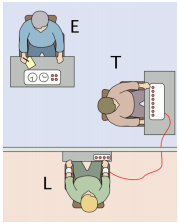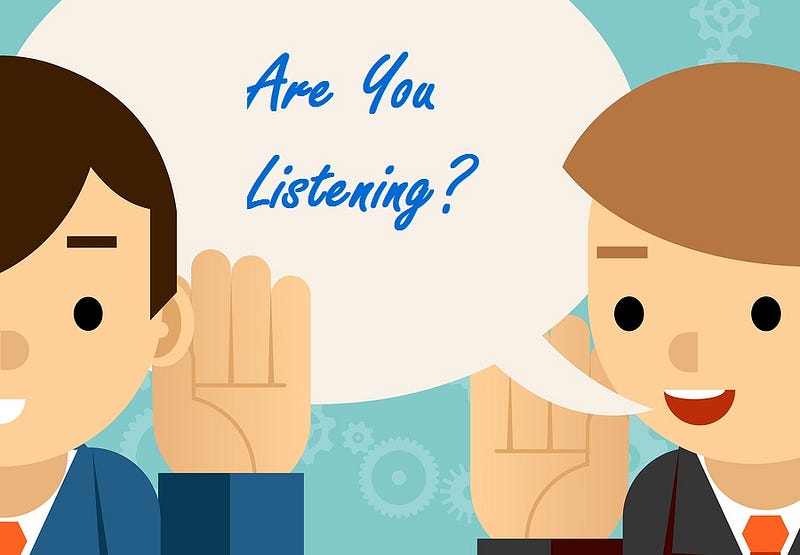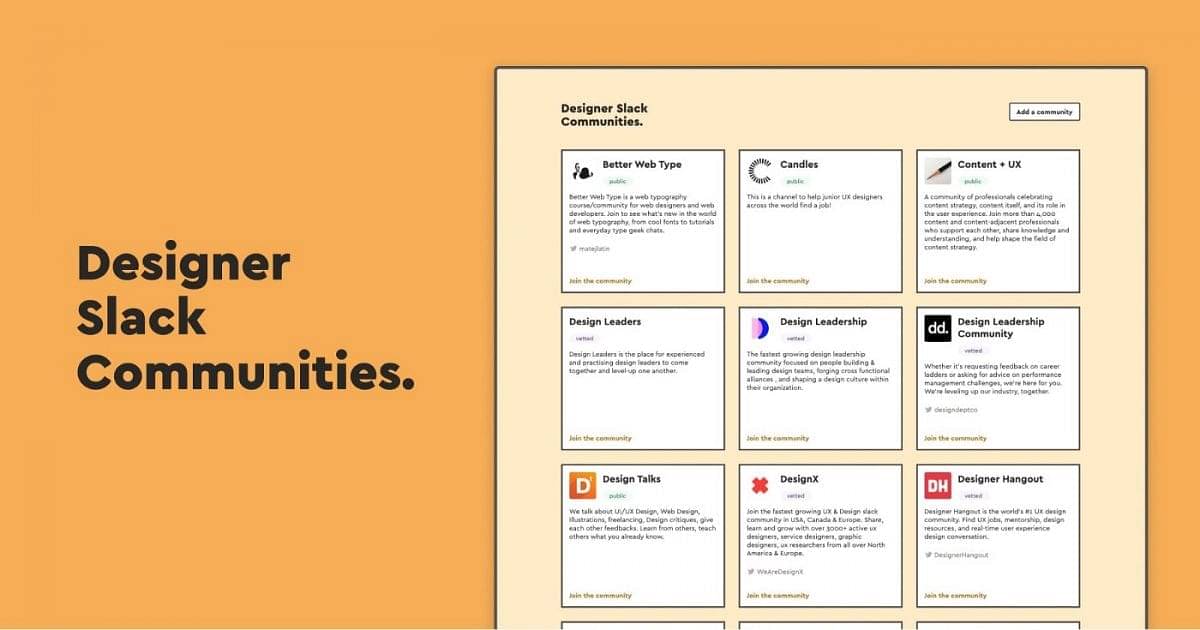In this post, we study the Authority bias — the tendency to attribute greater weight and accuracy to the opinion of an authority figure — and provide real-life examples as well as present actions to overcome it. This article is part of a series about defeating bias as a Product Manager.

Cognitive Bias is detrimental to decision making
As a Product Manager, you need to make decisions daily. You decide the new ideas that will boost revenue, you prioritize features and you define the KPIs.
For all those decisions, you have to take into consideration market research, user research, data, and a vast variety of input. As you gain expertise, you might want to follow more your instinct and shortcut those preliminary research. In many cases, your previous experience allows you to gain time and to make ok decisions. However, in various situations, you follow your cognitive biases.
Definition of cognitive biases:
“It does not appear possible today to group all of the phenomena that have been qualified as cognitive biases under the same definition. However, the presence of a cognitive bias has generally been invoked about what is thought to be the absence of bias. As such, a bias is detected when a deviation from a norm is observed.” (Caverni and Gonzalez, 1997)[1]

When you follow with your inclinations you might tend then to disregard what data and research are telling you and the impact in profit, user happiness or opportunity cost can be detrimental.
This article gets deeper in the Authority bias, provides an example and explain how to overcome it.

Letter
The Authority Bias
The Milgram experiment
In order to introduce Authority bias, we will present its most prominent case. Stanley Milgram carried out the most famous study of obedience in psychology.

Experimenter (E) commands the teacher (T), the subject of the research, to administer sharp electric shocks to a learner (L) every time the learner answers a question inaccurately. The learner is an actor, and the shocks are fake, but a prerecorded sound is played each time the teacher gives an electric shock.
The study objective is to gauge the compliance of research participants to obey an authority figure who commanded them to accomplish actions that clashed with their conscience. The results are consistent over time: 65% of people respect authority and give shocks, and only 35% resists.
However, we don’t have to be put in those extreme situations to experience Authority biases. It can happen often in your workplace and can have terrible consequences in your ability to make good decisions.
Authority biases definition:
“The tendency to attribute greater weight and accuracy to the opinion of an authority figure. This happens whether we believe what they are doing or telling us is wrong. In short, we put our own personal opinion on hold in lieu of theirs.” (Smallbusinessforums)

Authority bias is very common in the workplace:
Ken Sandy, previously VP of Product at MasterClass with +20 years experience in the consumer internet industry, conducted a study across Product Managers of all levels of seniority and companies of different sizes and Industries. He shared his findings during INDUSTRY The Product Conference 2019, a conference for Software Product Managers.
- 95% have fast-tracked a feature not because of the value it would generate but because of who was demanding it
- 66% at the end of the day stakeholders opinions rule the day when deciding product priorities
- 60% encountered authority bias often or always in their current business
- 50% accommodated features late in the development and skipped the conventional prioritization and evaluation to develop them

How to overcome Authority bias a real-life example:
A) The problem: a CEO that doesn’t let teams make decisions:

Sandy provides an interesting real-life example when he was working as VP of Product for Lynda.com. When he joined, Lynda.com was extremely popular: they had millions of active users (400k paying customers) spending up to 90 minutes a day. However, the company had struggled for 2 years to implement any substantial enhancement to their app because of Authority Bias.
The CEO was putting all of the decision-making power in himself and not empowering teams to make any decisions on design features or any kind of improvements of the product without his approval.
B) The solution: Listen to customers and get data

As the CEO frequently prefered listening to his intuition over data, the first key step was getting qualitative data about their customer by having weekly in-company user testings. Hearing five users a week empowered the team to have difficult conversations and overcome anxiety coming from the founder.
The second step was establishing a three-stage Beta in order to unblock the issue of shipping new features. The beta launch allowed to reduce risk and test improvements to a set of users. Those experiments would provide valuable data to analyse if the feature was strategic for increasing profit and helped discard features that were not imperative.
As a result he was able to launch an entirely new product within 3-months and experience a real revenue lift from that
Congratulations if you made it this far! I hope this article helped you in understanding better what a cognitive bias is and how to overcome it.
I would love to hear about your real-life experience with Authority bias.
And don’t forget to check my other posts about Product Management and Agile Methodologies.

BIBLIOGRAPHY
[1] Caverni, Jean-Paul, Jean-Marc Fabre, and Michel Gonzalez. “Cognitive biases: Their contribution for understanding human cognitive processes.” Advances in psychology. Vol. 68. North-Holland, 1990. 7–12.
[2] Howard, Jonathan, and Sutorius, 2019, Cognitive Errors and Diagnostic Mistakes. Springer International Publishing, 2019.




